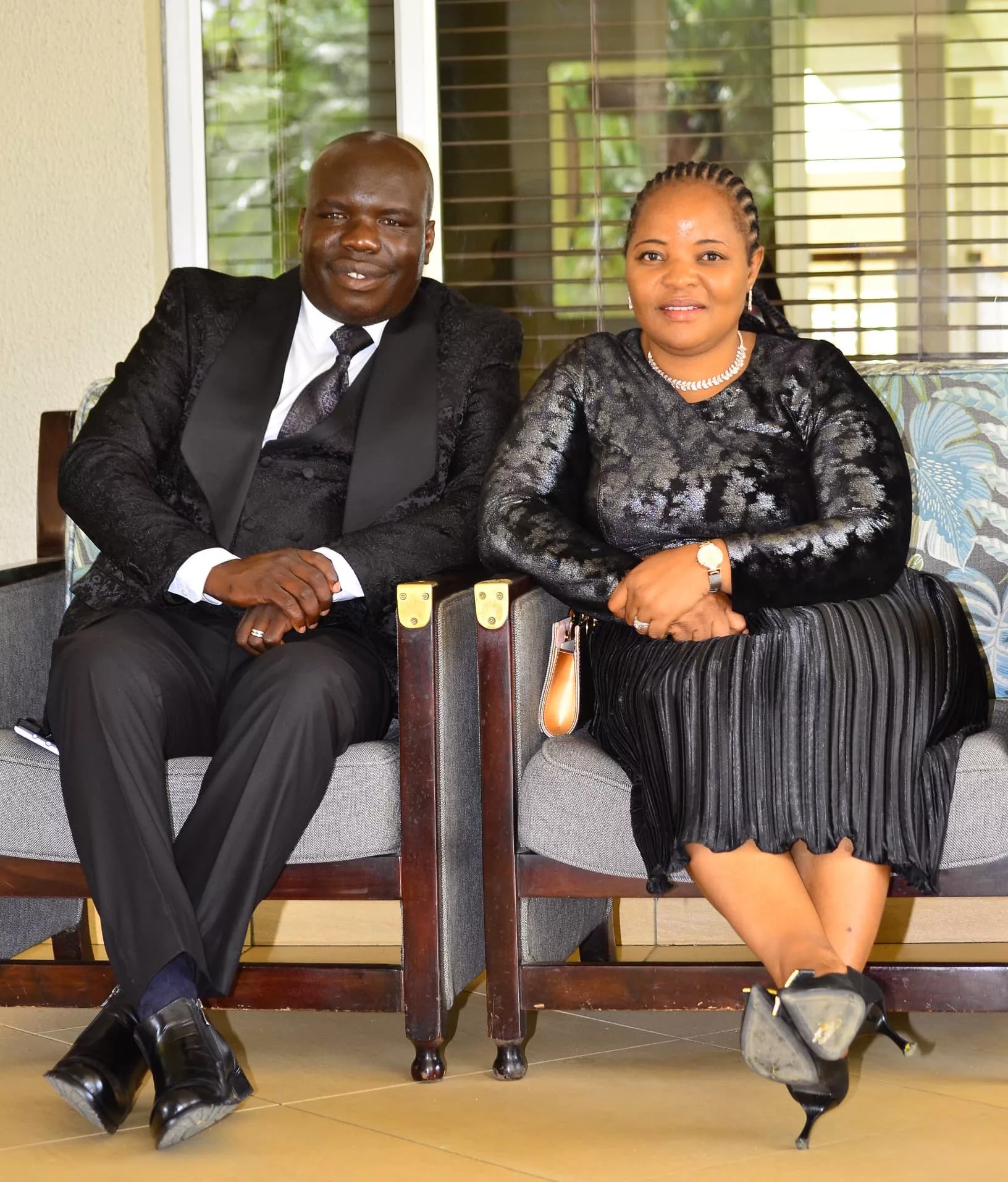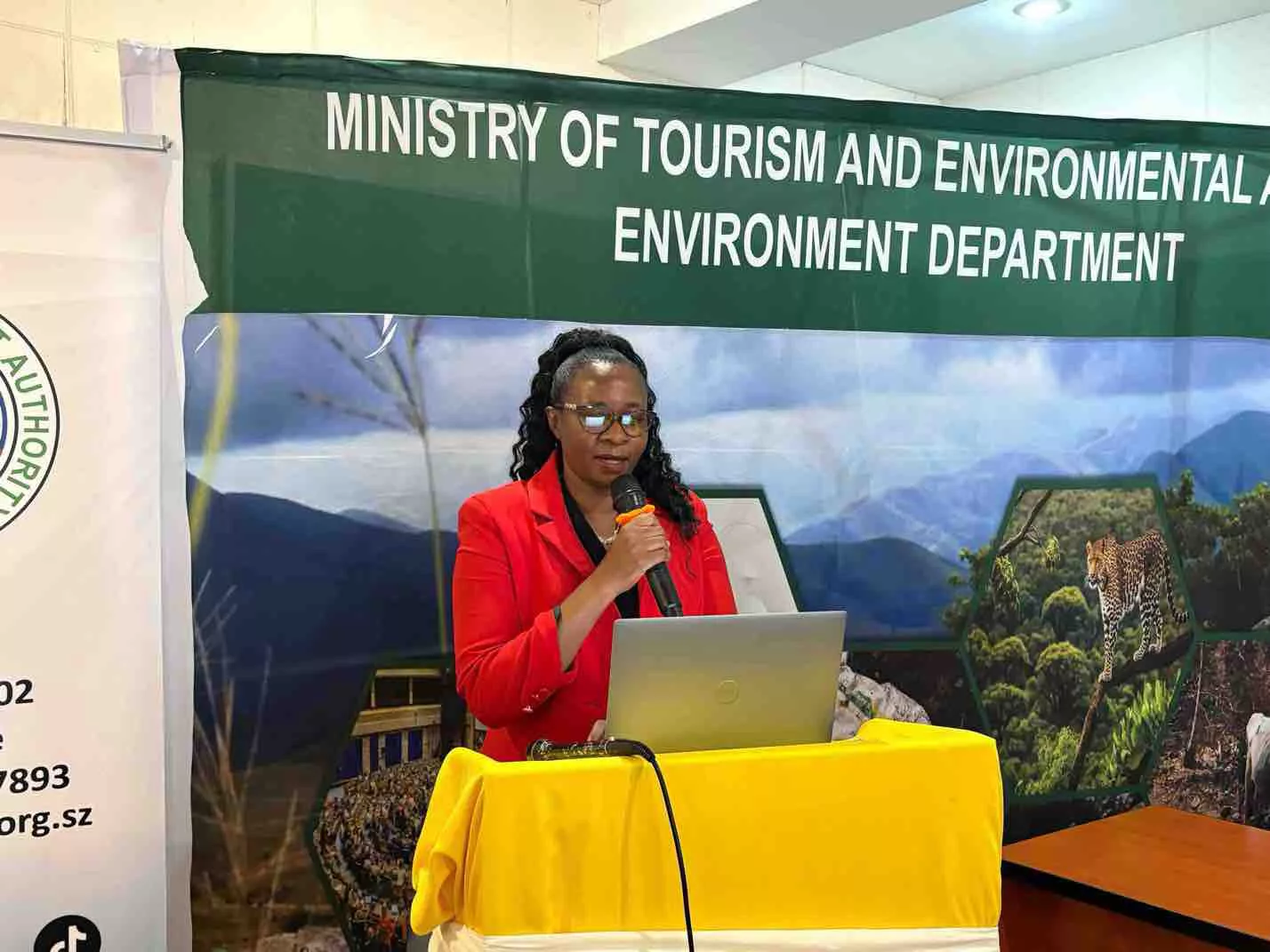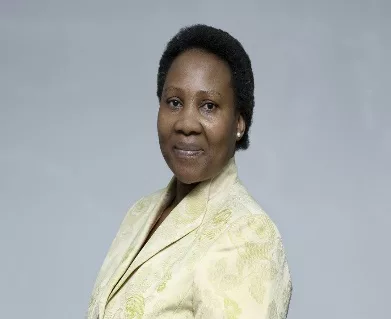|
Getting your Trinity Audio player ready...
|
By Veritas
It has become plain over the last few weeks that the full story behind the recent controversy over the Government’s plans for the development of the Chilonga area has yet to be told. The legal ramifications of the Government’s intentions, and those intentions themselves, remain unclear.
It is not too early, however, to draw express the opinion that the Government’s handling of the matter since the 26th February has been unbelievably poor, from both the legal and public relations points of view.
This bulletin outlines our reasons for this opinion by setting out the following time-line of recent events, starting with the gazetting of the Government Gazette of 26th February.
Friday 26th February – publication of contradictory SIs 50 and 51
In the Government Gazette of this day, there appeared two very brief statutory instruments [SIs 50 and 51] relating to the same area of Communal Land, baldly described as being “approximately 12 940 hectares in extent, in the administrative district of Chiredzi” more fully depicted on a map open to public inspection in three Government offices. SI 50 was the one that attracted most criticism.
By operation of law the notices came into effect simultaneously on the date they were gazetted [Interpretation Act, section 20], which is why we take SI 51 first in what follows – and took it first in our previous bulletin on this matter, Bill Watch 11/2021 dated 3rd March [link]. Both notices cite the Communal Land Act [link] [“the Act”] as the enabling Act for what the notices purport to achieve.
SI 51/2021 [link] – Communal Land (Excision of Land) (Chiredzi) Notice, 2021
In this notice the President, citing section 6 of the Act declares that the area concerned “shall cease to be part of the Chiredzi Communal Land”. Section 6(3) provides that the effect of the declaration is that the land “shall thereupon become State land until it is granted, sold or otherwise disposed of in terms of this Act or any other law”.
SI 50/2021 [link] – Communal Land (Setting Aside of Land) (Chiredzi) Notice, 2021 In this notice the Minister of Local Government cites section 10 of the Act, which empowers the Minister to take far-reaching action in respect of Communal Land but not other lands. This exposes the main legal flaw in the SI – that it makes the fundamental mistake of treating the area concerned as Communal Land when the area is simultaneously being excised from Communal Land and becoming State land, to which section 10 simply does not apply. As we said in Bill Watch 11/2021, SI 50 is hopelessly invalid.
Nevertheless, it is necessary to describe what SI 50 actually – but illegally – said: it set aside the area, with effect from the 26th February 2021 (“the date of publication of this notice”) “for the purpose of lucerne (sic) production”. In addition, the notice ordered all persons occupying or using land in the area “to depart permanently with all of his or her property”. [It would be pointless to list the persons exempted from this departure order because the ordinary inhabitants of the Chilonga were not included.]
Comment: It is no wonder that local and international outrage erupted after the publication of SI 50 became known. If legally in order, it would expose those who failed to depart from the area immediately to criminal prosecution in terms of section 10(7) of the Act and a process of “ejectment” in terms of section 16, with the Government’s expenses of ejectment recoverable from those ejected. Bear in mind, also, that this Government and its predecessors have a history of arbitrary and forcible mass evictions of people and demolitions of buildings and structures.
Wednesday 3rd March – Bill Watch 11/2020
Our bulletin, already referred to above, condemned SI 50 as “hopelessly invalid” and also suggested that SI 51 might be legally vulnerable.
Wednesday 3rd March – Matter raised in Parliament
Hons Biti and Mliswa raised the matter in the National Assembly at Question Time. In the absence of the Minister of Local Government, the Minister of Justice, Hon Ziyambi, Leader of Government Business, defended the Government’s action as (1) having followed consultation, (2) legally in order and (3) in accordance with Government policy on development for the south-eastern Lowveld.
Friday 5th March – Magistrates Court interdict granted
Thanks to the assistance of civil society organisations Chilonga villagers were granted a court order temporarily stopping any evictions pursuant to SI 50 and ordering the Minister and other respondents to appear before the court on 30th March to show cause why a final interdict should not be granted.
Sunday 7th and Monday 8th March – Government defends itself
Over the weekend the Sunday Mail carried a lengthy report of interviews with the Provincial Minister for Masvingo province and other officials. The gist was that the fear of wholesale evictions was groundless: no-one would be moved from their ancestral lands and only a few families would be resettled but within the area; that the land-use model for the area was being changed from “communal to commercial”; but that all Chilonga people would benefit from the lucerne project as out-growers; and the rural Chilonga hinterland would be transformed with new bridges, roads, a railway line and a factory – a picture of progress for the people differing completely from that conveyed by SI 50 and its departure order for every soul in the area. All those interviewed asserted that there had been prior widespread consultation with the local villagers to get their buy-in, and with chiefs and councillors, and the rural district council; all their concerns had been taken into account. [This has been denied by the community.]
On 8th March the Minister of Local Government himself, Hon July Moyo, was interviewed on ZBC and related the project to the availability of water from the giant new Tugwi-Mukosi Dam which had opened up the possibility of new irrigation developments in communal lands in the lowveld generally, the Chilonga deal being the first of more to come. Private investors and communal land communities would both benefit from the new approach, and the Government would hold the ring; both the communities and the investors would make a great deal of money. On fear of evictions and displacement, he said: “We are not displacing our people in the same manner history has taught us. We cannot do that. This President will not do that.”. But there has been the accusation that the people displaced for the Tugwi-Mukosi Dam have still not been properly compensated and resettled.
Presidential Communications chief Charamba weighed in on Twitter and said that the lucerne project was only the beginning and a small part of the development plan of the lowveld. “The plan is far-flung and involves irrigation of over 200 000 hectares under thousands of centre pivots, all for crop, fruit and beef production”. He also promised “complete communication from Government, both by a comprehensive statement and a refashioned statutory instrument”.
Tuesday 9th March – gazetting of SI 63A “correcting” SI 50
A Government Gazette Extraordinary was deemed necessary for SI 63A [link], which (1) corrected the official full title of the Minister from the out-of-date title appearing in SI 50 and (2) changed the purpose of the setting aside of the area concerned from lucerne production to “establishment of an irrigation scheme” [an amendment rather than a mere correction]. If this was the refashioned statutory instrument referred to by Mr Charamba, it did nothing to cure the basic legal defects of SI 50 pointed out above.
There was no correction or repeal of SI 51. So as far as the law is concerned, the area remained excised from Communal Land.
Tuesday 16th March – gazetting of SI 72A replacing SI 50
SI 72A [link] is the latest attempt to tidy up the legal mess created by SI 50, which it repeals. It, too, claims to be a setting-aside of Communal Land for an irrigation scheme in terms of section 10 of the Communal Land Act. It differs from SI 50 in that it contains no departure order at all, not even an order to depart within a reasonable time. But that is not relevant because the setting aside itself is an invalid attempt to do the impossible – to use section 10 in respect of land which is not Communal Land.
Thursday 18th March – Government responds to application in High Court
On 18th March another legal challenge to the initial threat of evictions posed by SI 50 was due to come up for hearing in the Masvingo High Court, again with the assistance of CSOs. At the last minute, the Government filed papers conceding that any villagers needing to be moved for the irrigation scheme would only be evicted after they had been compensated and provided with alternative land. The gazetting of SI 72A was also raised by Government as a preliminary point rendering the case unnecessary. These developments resulted in the case not going ahead. But the case was not dismissed or withdrawn, only removed from the roll. According to the applicants’ legal practitioner, it can be revived if the Government shows signs of reneging on what it has said.
Summary of the Current Position
- As far as Veritas is aware, the comprehensive statement promised by Mr Charamba has not yet been made.
- SI 51, the notice excising the area from Communal Land, remains the law. As long as it remains so, the area is State land, not Communal Land, and that has been the position since 26th February. This position appears to be in conformity with Government policy.
- The villagers in the area have already, by virtue of the excision, lost the rights of use and occupation they had under the Communal Land Act. While the Government has impliedly conceded that all but “a few” can stay where they are, official intentions as to their future tenure conditions remain unspecified.
- The partial repetition of the setting-aside of the area by the more innocuous-seeming SI 72A is legally ineffective because the land is no longer Communal Land. The Minister would have been better advised to simply repeal SI 50 and desist from trying to use his powers under section 10 of the Act, which ceased to apply to this area immediately it was excised from Communal Land.
- As legal commentator Alex Magaisa has rightly said in his comprehensive article of 13th March At the Mercy of the State: The Plight of the Chilonga Community [link], one good result of the affair has been to draw attention to the inadequacies of the law relating to Communal Land. His article makes a good case for the Act to be aligned to the Constitution to bring it into line with the Declaration of Rights.






